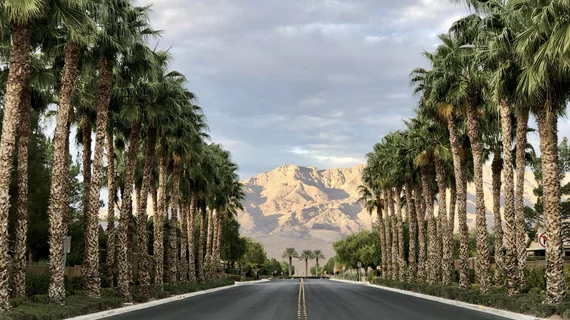Radiology Partners affiliate ends 57-year hospital relationship amid reported physician turnover
A Radiology Partners affiliate has ended its 57-year relationship with one local hospital in Las Vegas amid reported physician turnover at the practice.
Desert Radiology informed the University Medical Center of Southern Nevada in June that it was terminating their decades-long partnership, effective Dec. 3. The practice, which joined Rad Partners in 2019, had handled a “significant” number of scans at UMC annually. Those included 73,000 X-rays, the same amount of CTs, 30,000 ultrasounds, nearly 9,000 MRIs and 3,700 special procedure-related exams, the Las Vegas Review-Journal reported Thursday.
Hospital CEO Mason Van Houweling is now working to create an in-house team of 18 to 20 radiologists to help offset the loss of their long-time imaging partner
“We recognize the severity of this and the situation and the impact [for] all those patients,” Van Houweling said. “Our team at UMC is working overtime to make sure that … our community maintains the highest quality access to radiology services.”
Contracts physicians signed after the Rad Partners purchase are reportedly expiring, with docs deciding whether they want to remain at the investor-backed platform company. The practice criticized reports on Twitter of a mass physician exodus, but it declined to specify how many radiologists are departing.
“We are proud of Desert Radiology and grateful to the radiologists who have contributed to its ongoing successes in serving the extraordinary community of Las Vegas, and we are disappointed by the false narrative shared on social media,” the company said in a statement. “As the practice continues its internal contract renewal process with radiologists, notifications of upcoming retirements and attrition are both normal and expected. The DR team looks forward to welcoming several new radiologists into the practice over the coming months and together providing excellent care to our patients for many more decades to come.”
Radiologists reached by the Review-Journal declined to comment on the situation, while hospital leader Van Houweling did not know the exact number of employees leaving DR, only saying that it is “significant.” They may face challenges working elsewhere around Las Vegas, given that the practice has a no-compete clause preventing radiologists from working in a certain geography for upward of five years.
“If they don’t want to work for them, they can’t work in the community,” Van Houweling said. “They have to leave a certain radius, which would include Las Vegas for the most part.”
Desert Radiology was first founded in 1966. It is one of Nevada’s largest practices in the specialty, and lists 10 locations on its website.

